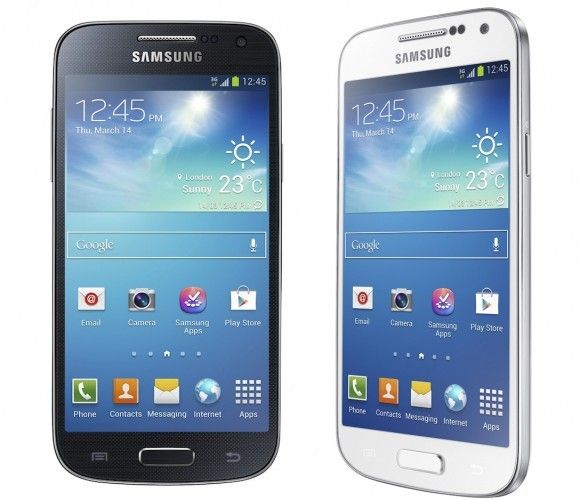Google’s Android mobile operating system is currently the most used mobile operating system in the world, both by smartphone users and smartphone manufacturers. Such is its popularity that it has found its way into other devices like tablets and notebook computers as well. Google is well known for keeping its Android platform regularly updated through cutting edge improvisations such as
- Adding new features,
- Enhancements in usage,
- Memory optimization,
- New user interface elements,
- Changes in the look and feel,
- Improved security, and
- 7. Better stability.
Android application development has also evolved, keeping pace with the new features and updates that Google implement. Among all versions of Android, Gingerbread (Android 2.3) was widely known as the most popularly used version until recently. Recent studies have shown that Jellybean (Android 4.1) is currently the most popular person of the operating system, and has knocked off Jellybean from the top spot.
The popularity of Gingerbread
For a long time, Gingerbread was the most popular version of the Android Operating system. Building on the strengths of Android 2.2, codenamed Frozen Yoghurt, Gingerbread implemented exciting new features and greatly increase the overall stability and security of the operating system. Also, most smartphone device manufacturers made sure that the upgrade to Gingerbread from earlier versions of Android is made readily available. Gingerbread also gained popularity due to the fact that Google took its time to release the next version of Android. This gave a lot of time to Gingerbread to cement its place as the most widely used version of Android.
Another factor which contributed to the popularity of Gingerbread was that it was the perfect platform for Android app developers to develop applications for at that point of time. With no new version of Android scheduled to be released for quite a while, there was a spurt of Android applications development with its sole focus on the Gingerbread system. This meant that most of the applications that the users regularly used at that point of time and for a long time since where specifically built for the Gingerbread version of Android. Gingerbread still remains extremely popular, with 34% of all Android users still using Gingerbread on a daily basis.
The Advent of Jellybean
Google made a lot of changes to the Android framework with version 4.0, codenamed Ice Cream Sandwich. These changes were received positively and added a lot of new features and functionality to the Android system. Also, most smartphone manufacturers chose this version as the operating system of choice when releasing new models and new ranges of the devices. With a lot of market penetration, Ice Cream Sandwich soon became popular. When Google released Jellybean, version 4.1 of Android, it was a significant beefing up of the already popular Ice Cream Sandwich system, with more new features, better and more intuitive user interface and the concrete implementation of the Google Now assistance system. Manufacturers also readily provided the upgrade and as a result, Jellybean gained popularity very fast and soon became formidable competition for Gingerbread. Android app developers also embraced the Jellybean system, and with no major upgrade in sight for quite a while, there were again a number of new applications released into the Android market which are specifically made for the new improved Jellybean version.
Conclusion
All of these factors contributed towards Jellybean eventually becoming the most popular version of Android. As far as market shares indicate, Jellybean is currently poised at the top of the pile with more than 37% of Android users using the version. Gingerbread is still used by about 34% of the market, followed by Ice Cream Sandwich at around 23%.
This trend bodes well for Google as they are in the process of another radical change. Android 5.0, codenamed Key Lime Pie, is slated to contain a total rework of the Android core, a new Linux kernel, and new features and UI elements. With the immense popularity of Jellybean, Google has a stable platform on which to build its new version. They can also take more time to come out with version 5.0 as the statistics indicate that users are happy with Jellybean and would continue using it through this time without any problems.






